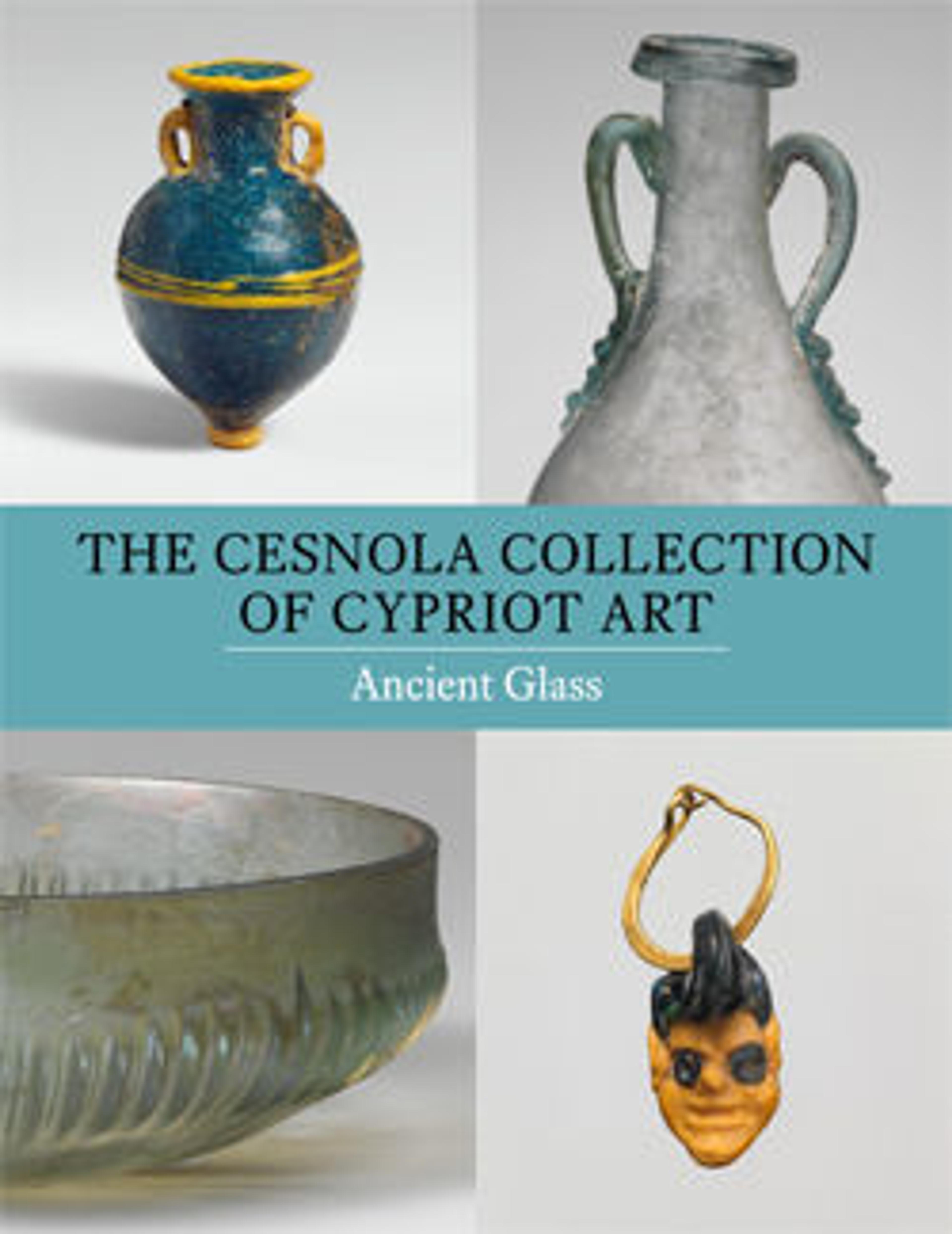Glass bead
These beads probably belong to a type known as Nuzi beads, named after the site of Nuzi (present-day Yorgan Tepe, Iraq) where similar examples were discovered in the 1920s. Others have been found at sites across the ancient Near East, as well as at the Hittite capital of Hattusa (present-day Bogazkale, Turkey) and Mycenae in Greece. Made in the same mold, these two beads are the only known examples of this type from Cyprus.
Artwork Details
- Title: Glass bead
- Period: Late Bronze Age
- Date: ca. 1500–1350 BCE
- Culture: Probably western Asiatic or Levantine
- Medium: Glass; mold pressed
- Dimensions: 1 7/16 × 1 3/8 × 7/16 in. (3.6 × 3.5 × 1.2 cm)
- Classification: Glass
- Credit Line: The Cesnola Collection, Purchased by subscription, 1874–76
- Object Number: 74.51.4536
- Curatorial Department: Greek and Roman Art
More Artwork
Research Resources
The Met provides unparalleled resources for research and welcomes an international community of students and scholars. The Met's Open Access API is where creators and researchers can connect to the The Met collection. Open Access data and public domain images are available for unrestricted commercial and noncommercial use without permission or fee.
To request images under copyright and other restrictions, please use this Image Request form.
Feedback
We continue to research and examine historical and cultural context for objects in The Met collection. If you have comments or questions about this object record, please contact us using the form below. The Museum looks forward to receiving your comments.
